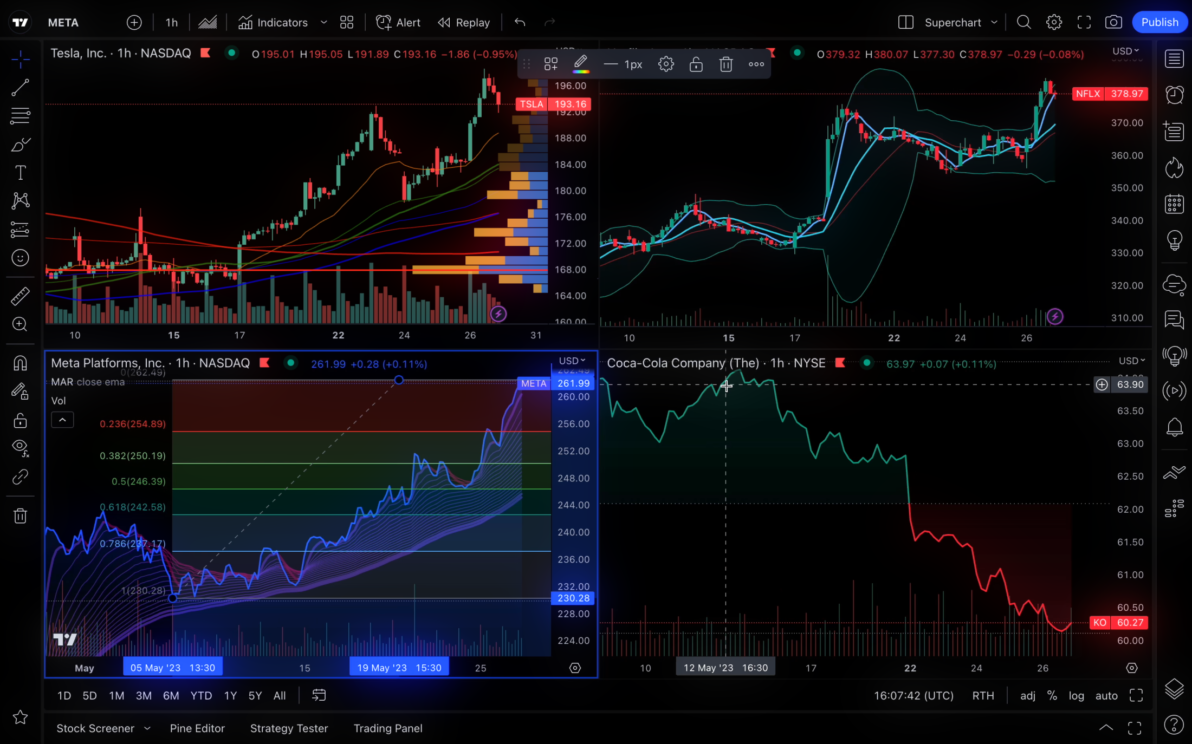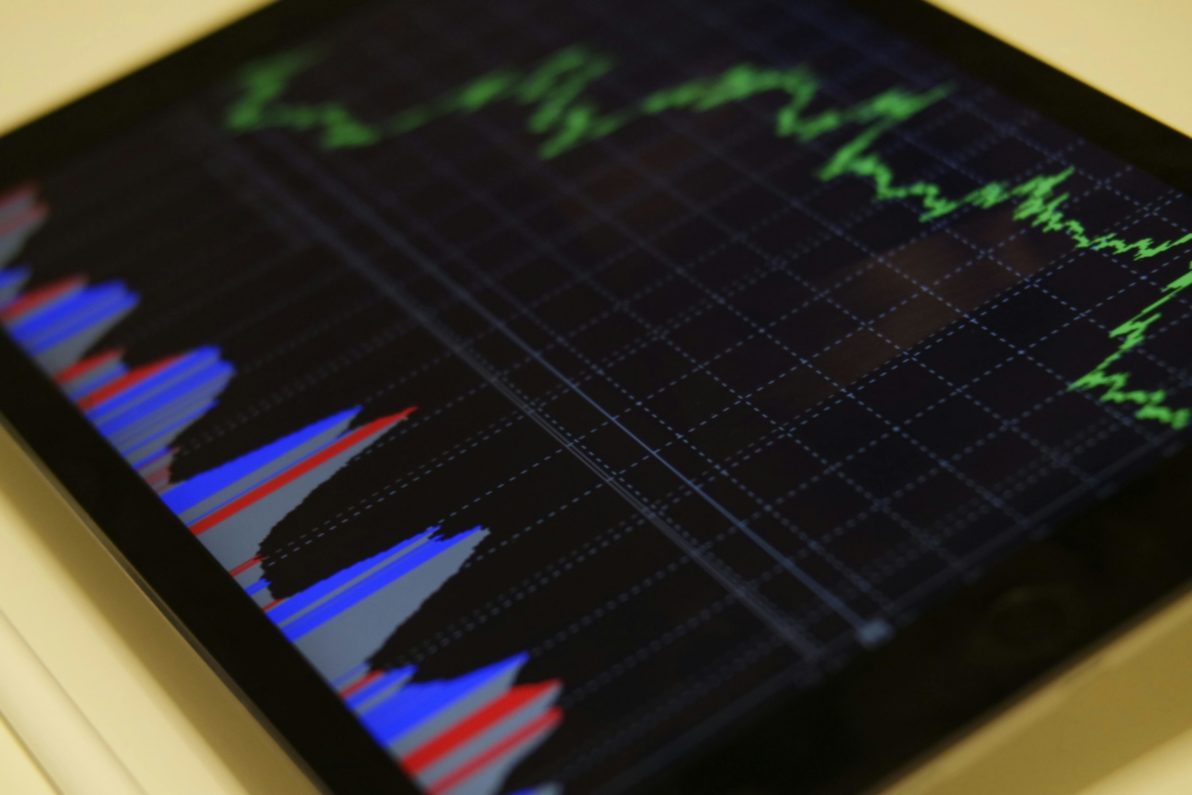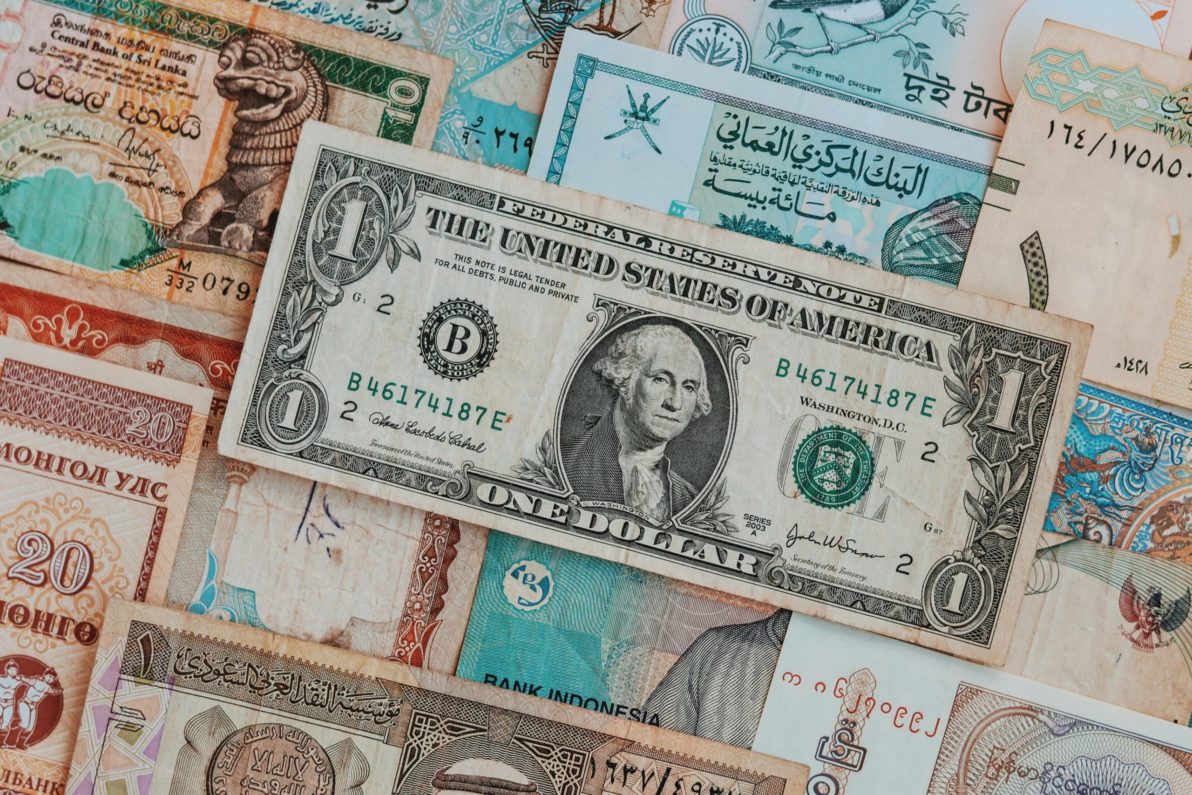Navigating Passive Investing: Index Funds and ETFs

Navigating Passive Investing: Index Funds and Their ETFs Variants
Reading Time: ~9 minutes
Imagine a structured approach to investing that reflects the potential of passive strategies to provide broad market exposure over time. This concept defines Index Funds and their Exchange-Traded Fund (ETF) counterparts. Rather than actively selecting individual stocks or frequently trading, passive investors track entire market indexes, aiming to capture overall market performance in the long run.
BrokerSuperMarket does not provide financial advice, nor does it guarantee positive results. Any investing method, including passive approaches, carries inherent risks.
Despite this, Index Funds and ETFs appeal to those seeking simplicity and diversification. They can support various investment goals, from retirement savings to long-term wealth-building, by mirroring the performance of a chosen index. However, they differ in cost structures, trading flexibility, and investor approach.
This article explores the fundamentals of Index Funds and ETFs, examines why investors might consider them for both domestic and international markets, and offers a practical guide on how to incorporate them effectively into a portfolio.
Understanding Index Funds and ETFs
What Are Index Funds?
Index Funds are mutual funds designed to replicate the performance of a specific market index, such as the S&P 500 or FTSE 100. Instead of selecting individual stocks, fund managers mirror the holdings of the chosen index to achieve similar returns. Due to this passive management approach, Index Funds generally have lower expense ratios than actively managed funds.
What Are ETFs?
ETFs (Exchange-Traded Funds) also track indices but trade on stock exchanges throughout the day, allowing investors to buy and sell at fluctuating market prices. This provides greater liquidity and flexibility compared to traditional Index Funds, which are priced only once daily.
ETFs can follow entire markets or focus on specific sectors, commodities, or regional economies. For example, an investor in Latin America might consider an ETF focused on emerging markets to gain diversified exposure across multiple countries.
While Index Funds and ETFs follow a passive investing strategy, their costs, trading mechanisms, and investment minimums can differ. BrokerSuperMarket provides tools to compare platforms offering these options, though investors should always conduct their own research before making decisions.
Why Use Index Funds and ETFs in Your Portfolio?
- Diversification
Index Funds and ETFs invest in multiple securities simultaneously, reducing risk from individual stock volatility. This feature is particularly useful for new investors or those looking to gain international market exposure.
- Cost-Effectiveness
Passive investing generally involves lower fees than actively managed funds. However:
- Index Funds have an annual management fee.
- ETFs may incur brokerage commissions per trade, which frequent traders should consider.
- Simplicity
Passive investing can be a “set-and-forget” approach, following a predefined index rather than requiring constant market analysis. This appeals to investors who lack the time or interest in actively managing their portfolio.
- Accessibility
Even with a small initial investment, investors can access broad market exposure. For example, Latin American investors may opt for a U.S.-based ETF to gain international diversification. However, currency risks must be factored in when investing in foreign markets.
Practical Guide to Investing in Index Funds and ETFs
- Determine Investment Goals
Define whether the goal is long-term wealth accumulation, retirement planning, or exposure to international markets. These objectives help determine the most appropriate index to track.
- Choosing the Right Index Fund or ETF
Investors should compare:
- Expense ratios
- Tracking errors
- Fund composition
Broad global ETFs, such as those tracking the MSCI World Index, offer wide exposure, while sector-specific funds target industries like technology or healthcare. Latin American investors may seek regional ETFs or cross-border funds for diversification.
- Understanding Costs
- Index Funds typically have an annual management fee.
- ETFs may include trading fees and bid-ask spreads.
Comparing cost structures across different broker platforms, including those featured on BrokerSuperMarket, can help reduce investment expenses.
- Managing Currency Risks
Investors holding foreign currency assets must consider exchange rate fluctuations. For example, a Latin American investor purchasing U.S.-denominated ETFs may experience changes in returns due to currency movements.
Diversifying across multiple currencies can help mitigate this risk.
- Periodic Rebalancing
Although passive investing requires less maintenance, occasional portfolio reviews ensure alignment with financial objectives and risk tolerance. If one sector or region becomes overrepresented, rebalancing can help restore equilibrium.
Case Study: Example of a Passive Investing Strategy
Background
An investor allocated a portion of their monthly income to purchase shares in:
- A global equity ETF, tracking a well-known international index.
- A regional Latin American index fund, providing exposure to emerging economies such as Mexico and Brazil.
Performance Overview
- The global ETF appreciated steadily as international markets expanded.
- The Latin American ETF experienced volatility due to local economic and political factors.
- A disciplined, long-term investment strategy helped smooth out short-term fluctuations.
Challenges Encountered
- Exchange rate fluctuations impacted returns when converting local currency into U.S. dollars.
- Emerging markets sometimes underperformed global benchmarks, underscoring risks associated with developing economies.
Key Takeaways from the Case Study
- A combination of global and regional ETFs provided both stability and growth opportunities.
- Consistent investing helped mitigate market volatility over time.
- Understanding currency exposure was crucial in assessing overall returns.
BrokerSuperMarket tools can help investors identify suitable brokers with access to funds, but independent research remains essential.
Risks and Considerations
- Market Risk: Both Index Funds and ETFs follow their respective indices, meaning downturns will impact investments.
- Limited Upside: Passive strategies aim to match the market, not outperform it.
- Currency Exposure: Cross-border investments introduce foreign exchange volatility.
- Trading Costs: Some brokers charge fees for ETF transactions.
- No Guarantees: BrokerSuperMarket does not provide financial advice or ensure returns, reinforcing the importance of informed decision-making.
Conclusion
Index Funds and ETFs offer a simple and cost-effective way to invest in financial markets, providing broad diversification and long-term growth potential. However, while passive investing reduces the need for constant decision-making, having a clear strategy remains essential. Investors should consider their financial goals, risk tolerance, and market exposure before selecting an Index Fund or ETF that best suits their needs. Additionally, understanding costs, currency risks, and economic trends can help optimise returns over time.
Although these instruments are designed for the long term, it is important to periodically review the portfolio to ensure proper balance. If a particular asset class starts to represent too large a share of the portfolio, rebalancing can help maintain effective diversification and an appropriate risk level.
Disclaimer: BrokerSuperMarket can guide users on which platforms support Index Funds and ETFs, but personal research and risk awareness remain paramount. A disciplined approach, combined with patience, can potentially capture the benefits of passive investing over time.
February 14, 2025 05:07:00am
TradingView is a highly popular financial charting platform that caters to trade...
September 07, 2024 18:19:52pm
The energy industry remains crucial to the global economy, with traditional sect...







 en
en es
es